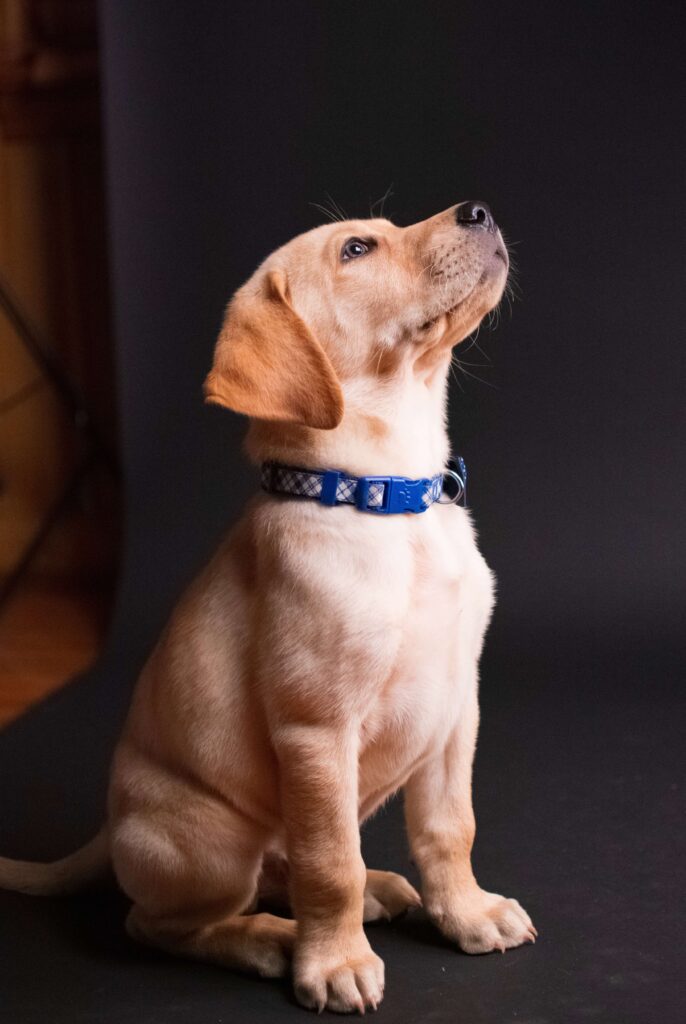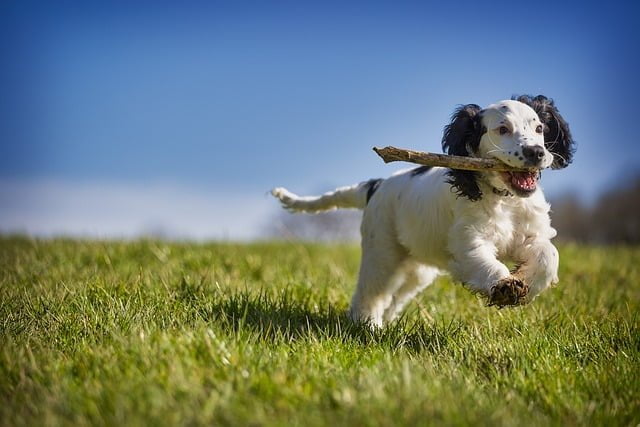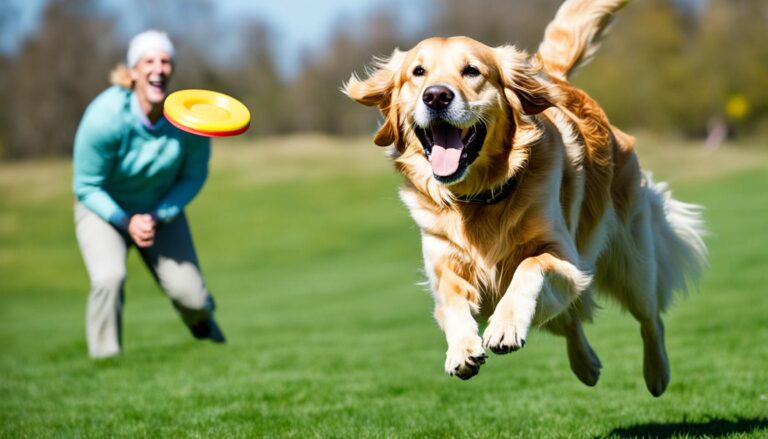Dog obedience training 101| From sit to stay – tips for success
Dog obedience training is a process through which a dog learns to follow commands from their owner. It is an important part of owning a dog, and can make life with your furry friend much easier. This training can be done at home, or at a professional facility. There are a few basic commands that every dog should learn, and these will be covered in this article.
Start with basic commands
Dog obedience training is a great way to start building a bond with your dog. It also teaches them basic manners and how to behave around people and other dogs. Starting with simple commands like sit, stay, come, and down can help your dog become a well-mannered member of the family. With patience and consistency, you can teach your dog more complex tricks and behaviors. Training sessions should be short, fun, and rewarding for both you and your dog.
End with a positive note
Dog obedience training is a great way to bond with your dog while teaching them important skills. Training should be positive, fun, and rewarding for both you and your dog. With patience and consistency, most dogs can learn the basics of obedience training. End with a positive note by giving your dog lots of praise and treats when they do something well.
Exploring Dog Training Methods
One popular method of dog training is positive reinforcement. With this method, dogs are rewarded for good behavior with treats or praise. This method is often used in conjunction with other methods, such as clicker training. Clicker training is a type of positive reinforcement where dogs are trained to respond to a clicker sound by performing a desired behavior.
Another common method of dog training is negative reinforcement. With this method, dogs are punished for bad behavior with scolding or physical correction. This method can be effective if used correctly, but it can also be abused, leading to a fearful or aggressive dog.
Here are some tips for using positive reinforcement to train your dog:
1. Choose a command word or phrase that you will use every time you want your dog to perform a certain behavior. For example, “sit” or “stay”.
2. Give the command in a clear, firm voice.
What is the difference between Dog obedience training and dog training?
Dog obedience training is focused on teaching your dog specific commands, such as sit, stay, and come. Dog training is a more general term that can encompass obedience training, but also includes things like socialization, behavior modification, and tricks.
Hand signals for dogs
Hand signals are a great to communicate effectively with your dog. They can be used when training a dog from a distance. Dogs are also able to see them more easily than verbal commands.
Here are some common hand signals that can be used when training a dog:
Sit: The most common hand signal for “sit” is simply holding your hand out with your palm facing up and pushing it down towards the ground.
Down: To signal “down,” extend your arm out in front of you with your palm facing down and sweep it down towards the ground.
Come: To signal “come,” hold your arm out to the side with your palm facing up and wave it back and forth.
Clicker Training
Clicker training is a method of dog obedience training that uses positive reinforcement. The trainer clicks a small hand-held device, called a clicker, to mark the desired behavior. The dog then learns that the click means he is doing something right and is reinforcement for the desired behavior.
Clicker training is a popular method of dog obedience training because it is an effective way to communicate with your dog. It is also a humane way to train your dog, as it uses positive reinforcement instead of punishment. Clicker training can be used to teach your dog basic commands, such as sit, stay, come, and down. It can also be used to teach more advanced behaviors, such as tricks or agility exercises.
Learn how your dog learns

There are three main ways that dogs learn: through classical conditioning, operant conditioning, and social learning. Classical conditioning is when a dog associates a certain stimulus with a desired response. For example, if every time your dog hears the word ‘treat,’ he gets a yummy goodie, he’ll start to associate the word with something positive.
Operant conditioning is when a dog learns that a certain behavior leads to a desired consequence. For example, if your dog knows that sitting patiently will get him a treat, he’s more likely to do so than if he knows that jumping up on you will get him attention.
Social learning is when dogs learn from each other.
Control Consequences Effectively
Consequences are what happens after a dog performs a behavior. In order for consequences to be effective, they must be timely, consistent, and appropriate for the behavior that was displayed. For example, if a dog jumps on someone, an appropriate consequence would be to immediately say “no” and remove the dog from the person it jumped on. The key is to be consistent with the consequences you use so that the dog knows what behaviors are acceptable and which ones are not.
If you don’t succeed..
If you’re having trouble getting your dog to behave, there are plenty of resources available to help you out. You can find obedience classes in most areas, or consult a professional trainer for one-on-one help.
Don’t be afraid to use treats
A lot of dog owners are hesitant to use treats during obedience training, but there’s no need to be afraid! Treats can be a very effective way to teach your dog basic commands and tricks. Just make sure that you use them wisely – only give your dog a treat when he or she does something that you’ve asked for. With a little patience and some practice, you’ll soon have your furry friend obeying all of your commands!
Be clear who is in charge
If you’ve ever been to a dog obedience class, you know that the first and most important rule is that the person in charge is the one with the leash. The person holding the leash is responsible for making sure the dog behaves and follows commands. This may seem like a simple concept, but it’s one that many people struggle with.
When you’re training your dog, it’s important to be clear about who is in charge. You need to be confident and firm in your commands, so that your dog knows that you are the one in control. If you’re not sure of yourself, your dog will sense it and may not respond to your commands.
Remember, the key to successful dog obedience training is having a strong leader who can provide consistent guidance. So if you want your dog to mind, make sure you’re the one in charge.
Get the right gear
There’s no denying that dog obedience training can be expensive. From the cost of classes to the price of professional equipment, it can add up quickly. But there are ways to save money and still get the right gear for your dog.
One way to cut costs is to buy used equipment. You can often find lightly used leashes, collars, and other gear at pet stores or online. Another way to save is to borrow gear from friends or family members who have already trained their dogs.
Don’t skimp on quality, though. It’s important to get gear that is comfortable for your dog and easy for you to use. The last thing you want is a leash that slips out of your hand or a collar that rubs your dog’s skin raw.
Take the time to find the right gear for you and your dog.
Eliminate distractions
When you’re trying to train your dog, it’s important to have their full attention. That means no distractions like other animals or people. If there are too many things going on, your dog won’t be able to focus and learn the commands you’re trying to teach them.
To get the best results, find a quiet place where you can work with your dog one-on-one. This will help them stay focused and learn more quickly.
Ask for help
If you’re having trouble training your dog, don’t hesitate to ask for help. There are plenty of resources available that can help you get started on the right track.
There are plenty of dog obedience training classes available, both in person and online. Many local pet stores also offer obedience training, so be sure to ask about what’s available in your area.
If you’re struggling with a particular issue, there are likely books or articles out there that can help you troubleshoot the problem. And of course, there’s always the option of hiring a professional trainer to help you out.
Get Vet’s advice
Your vet can help you assess whether or not obedience training is right for your dog. They can also give you advice on finding a reputable trainer and offer tips on what to look for in a good training program.
Conclusion
In conclusion, dog obedience training is a great way to develop a bond with your dog and ensure their safety. It is important to start training early, be consistent, and use positive reinforcement. With patience and practice, you and your dog can enjoy a lovely relationship built on trust and respect.
FAQ
Subscribe to our weekly newsletter below and never miss the latest article.









